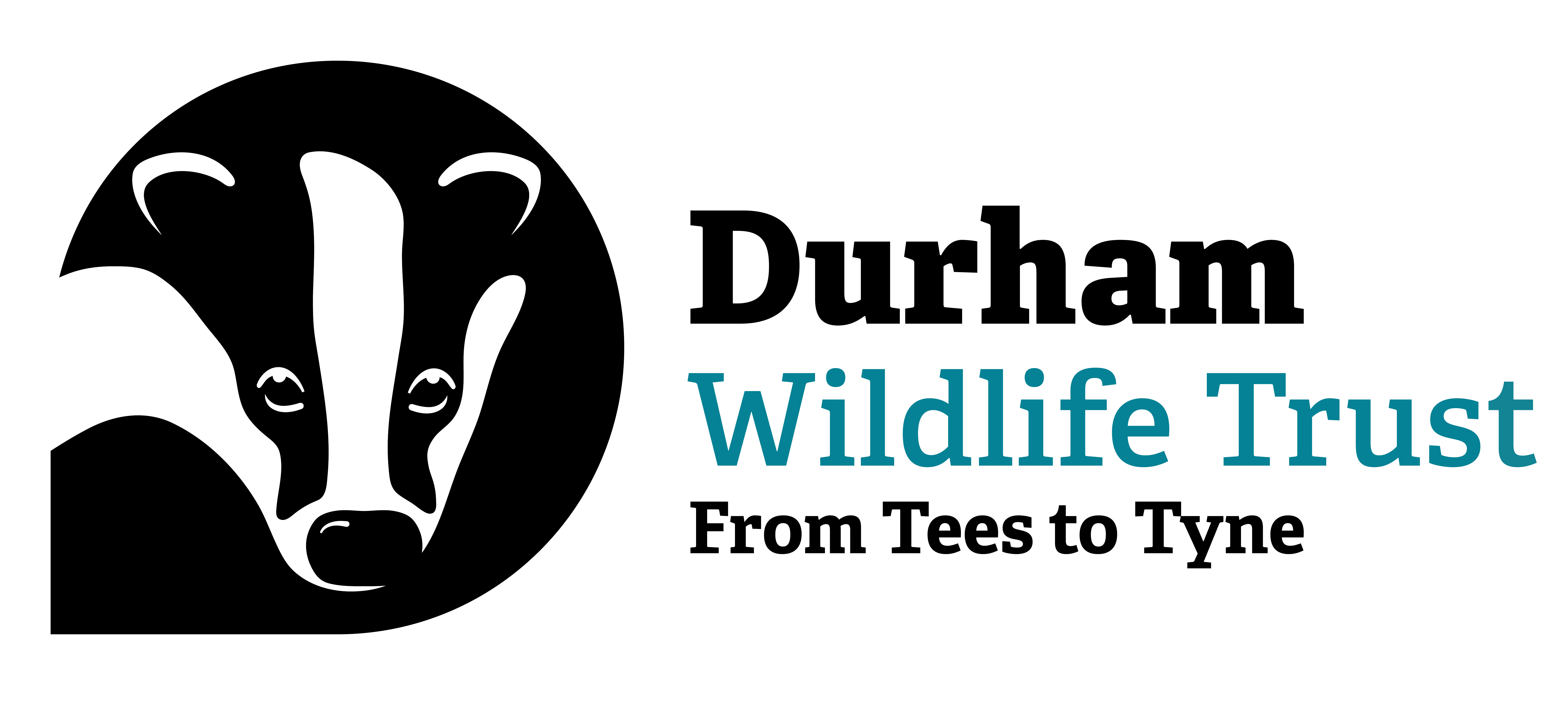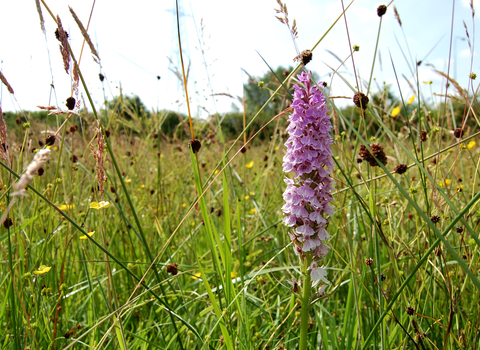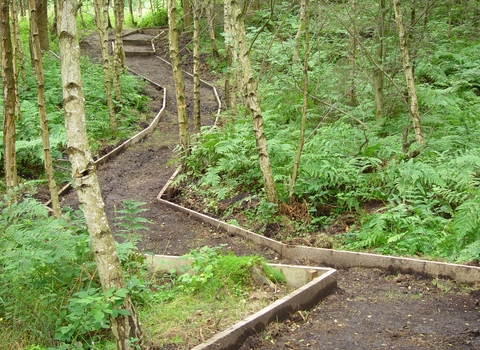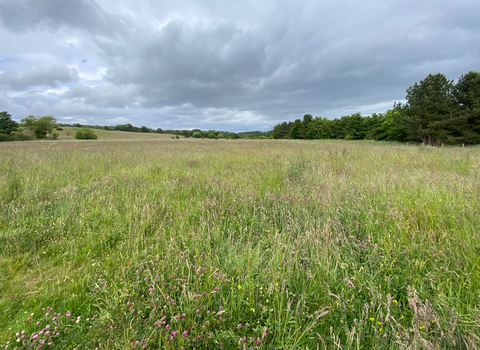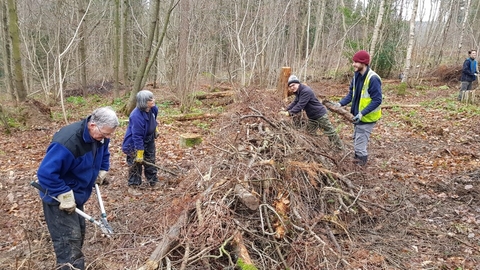
Milkwellburn Wood
Location
Know before you go
Dogs
When to visit
Opening times
Open at all timesBest time to visit
March to June, June to OctoberAbout the reserve
Formally an ancient semi-natural woodland, the diverse flora and fauna of this ancient oak wood remain in the woods’ steep sided gills. Streams and springs support a rich moss and fern community. Conifer plantation has replaced broadleaf woodland on the gentler slopes, but a program of restoration by the Trust now breathes new life into these areas. An extensive footpath network gets you even closer to nature.
Milkwellburn Wood, Durham Wildlife Trust’s largest woodland is a long term project, which is undertaking a process known as PAWS restorations (Plantation on an Ancient Woodland Site). The aim is to gradually remove the conifers so that the native woodland can re-establish across the site, dramatically improving the area for wildlife.
The ancient woodland is dominated by oak and ash with locally rare small leaved lime and an understory of hazel, holly and honeysuckle. The most dramatic change the restoration process triggers is the regeneration of ground flora as the conifers are removed and light can once again reach the woodland floor.
The ground flora abounds including greater woodrush, primrose, bluebell, dog’s mercury, broad-leaved helleborine and many ferns such as hart’s -tongue and lady fern.
In areas with drier sandier soils a more heathland type of community develops, with bilberry, heather, common cow-wheat and wavy-hair grass. Across the woodland there are wet flushes of birch and sallow with large bitter cress, marsh marigold, yellow pimpernel and brooklime ground flora. There are also areas of wet alder woodland.
Bird life within the wood will change as the restoration takes place, with diversity of species and numbers increasing. However, there are already some interesting things to see – tawny owl, woodcock, sparrow hawk, blackcap, garden warbler, tree pipit and willow warbler with red kite and buzzards often seen flying overhead.
Species
Habitat
Contact us
Environmental designation
Milkwellburn Wood with Chopwell Primary School (https://youtu.be/HujMlCK72_0)
Local children from Chopwell Primary School were invited to participate in two fun days of activities in Milkwellburn Woods in November 2019, where they learned about seasonal change and natural cycles in a woodland habitat, created wild art and discovered the strong natural connections between the local community and this special area of ancient woodland, which Durham Wildlife Trust is currently working to restore. More than one hundred children took part in two days of educational and creative activities, and this short film captures some of the fun we had.
Bluespaces at Milkwellburn Wood Nature Reserve (https://youtu.be/BaijQGrP2YM)
An update on conservation work that has taken place at Milkwellburn Wood Nature Reserve, as part of the Northumbrian Water Bluespaces scheme.
